Blog
Welcome to our blog, where we bring together two types of content: a selection of articles covering a wider range of topics from the industries we work in, and our LNCE Uncovered series, which offers hands-on insights into Infor LNCE functionality and setup. Whether you’re looking for practical ERP guidance or broader perspectives, this is the place to explore our latest thinking and experience.
-

AMR in the Smart Warehouse
In many large facilities, operators spend over 50% of their shift simply walking: this is non-value-added time. While our last article gave operators AR “superpowers”, this post tackles that waste at its source using Autonomous Mobile Robots (AMR). But first, you must understand why an AMR is not just a smarter AGV. AGV vs. AMR: […] -
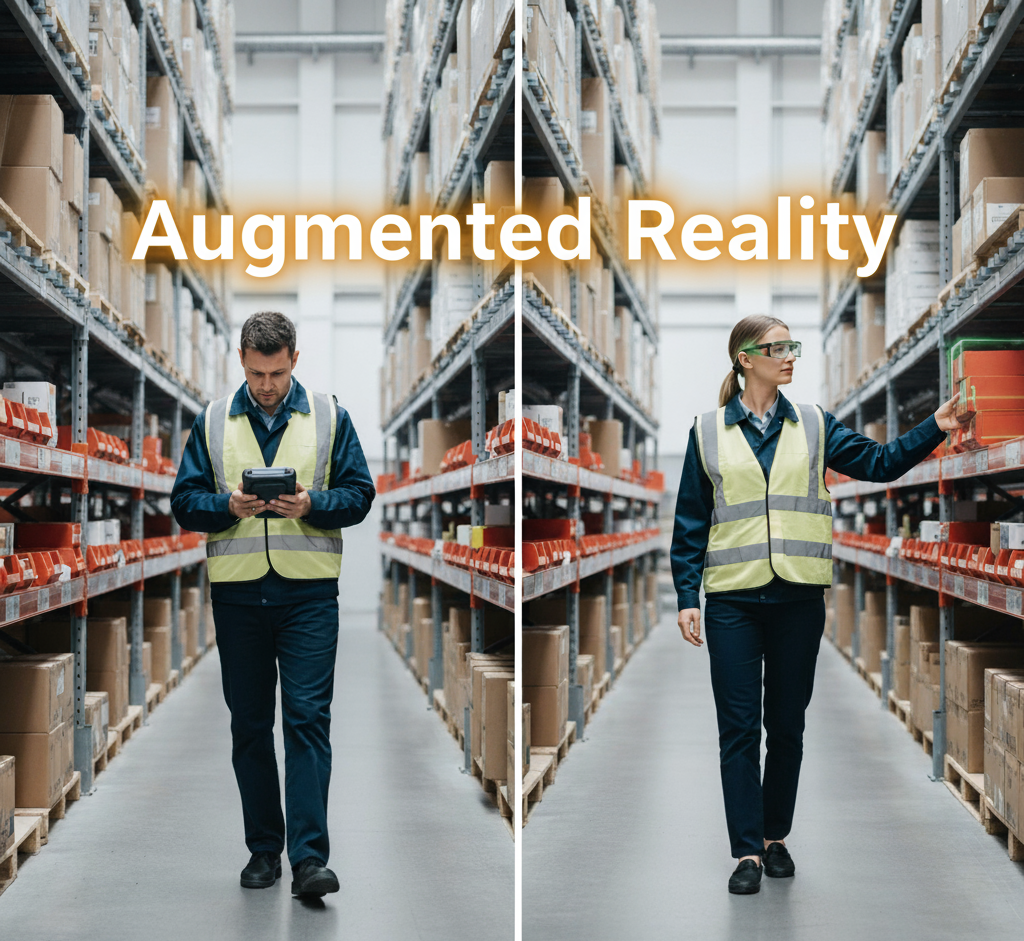
Augmented Reality
In our first article, we established the ERP as the “conductor” of the smart warehouse. Now, let’s look at the first instrument in the orchestra: Augmented Reality (AR). In any warehouse (Automotive, Industrial, or A&D), the highest cost and the single biggest source of errors often lies in the “last 10 meters” — the manual […] -
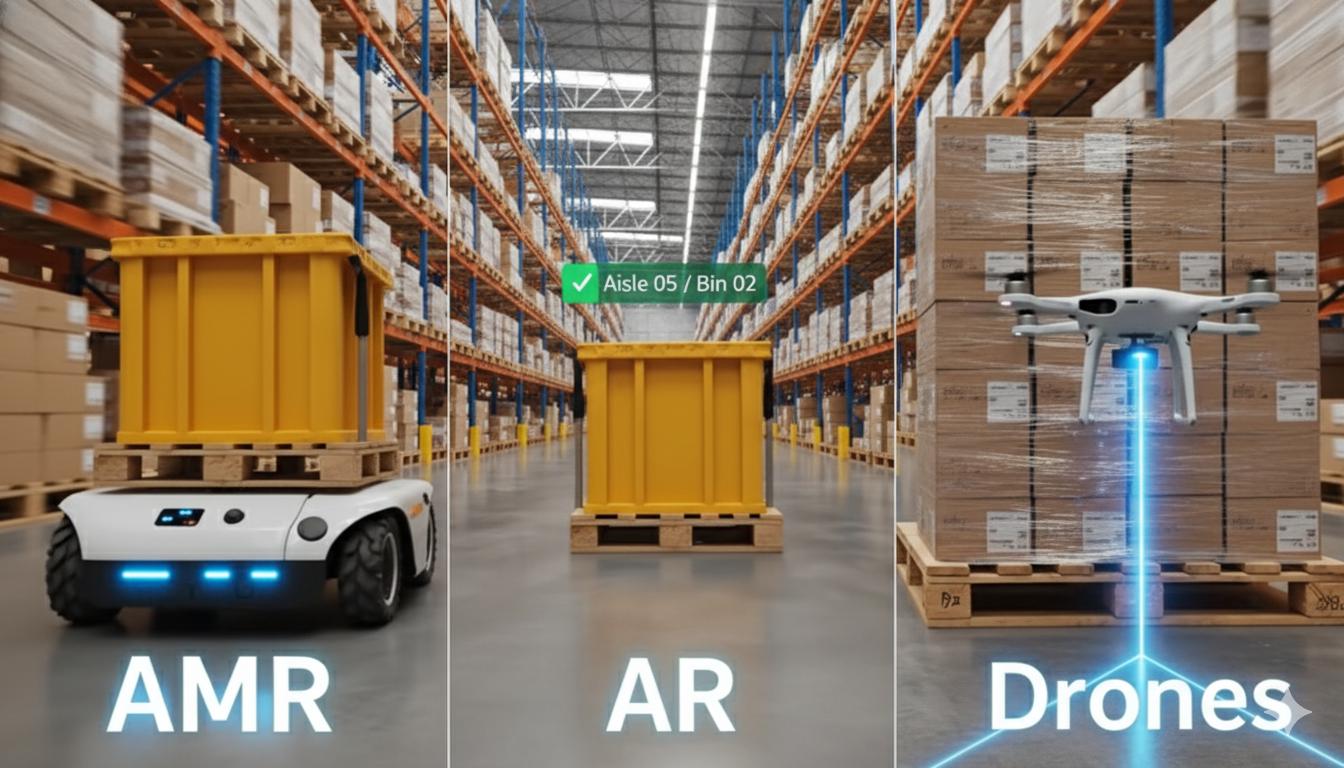
Smart Warehousing Trends
In recent years, the warehouse has been redefined by three technology trends that are already (or about to) have a massive impact: Augmented Reality (AR), Autonomous Mobile Robots (AMR), and Drones. This Blog-Post launches a series of 3 episodes exploring these three pillars of the intelligent warehouse. In this new ecosystem, the ERP is the […] -

The ERP That Doesn’t Feel Like an ERP
The unspoken rule of enterprise software was that power came at the price of complexity. We accepted that our ERP systems, while functionally robust, required extensive training, complex navigation, and a specialist’s mindset. We learned to operate them because we had to. But what if the most powerful tool was also the easiest to use? […] -
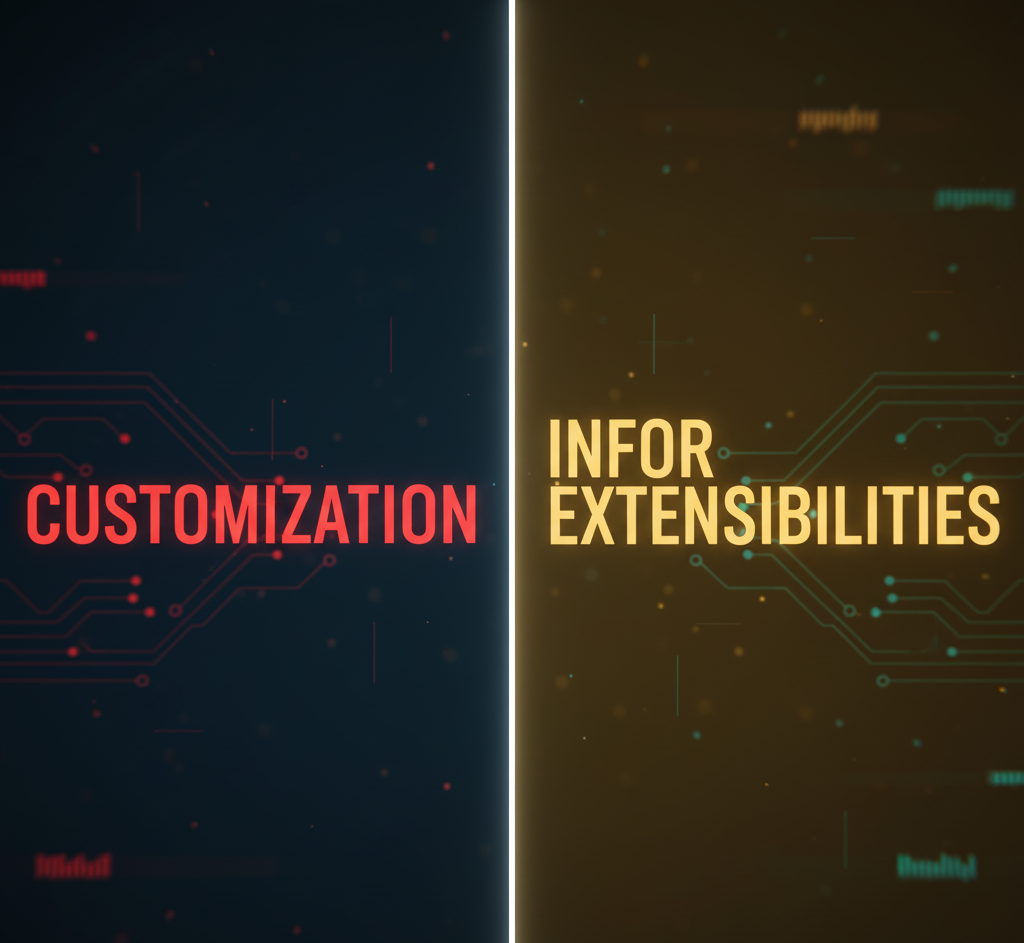
Cloud ERP: Redefining Customization Through Extensibility
One of the biggest hurdles preventing companies from moving away from their trusted legacy ERPs isn’t data privacy or fear of the cloud itself. It’s a much deeper, more operational fear: the belief that a multi-tenant cloud ERP will force them to abandon the unique, highly customized business processes they’ve spent decades perfecting. Let’s be […] -

The New Role of the Infor LN Consultant
For years, the value of an Infor LN ERP consultant (or Baan, for the veterans) was measured by the depth of their technical knowledge of the core system. The ability to write a 4GL script, to know key tables by heart, or to force a customization to bend the system to a client’s will was […] -

Your ERP Shows What Happened. A Digital Twin Shows What’s Next
We have traditionally viewed our ERP as the ultimate system of record—a detailed chronicle of every transaction and inventory movement. It is the undisputed source of truth for what has happened. In a stable world, this rear-view mirror was enough to navigate. But in today’s landscape of constant disruption, looking back is no longer a […] -
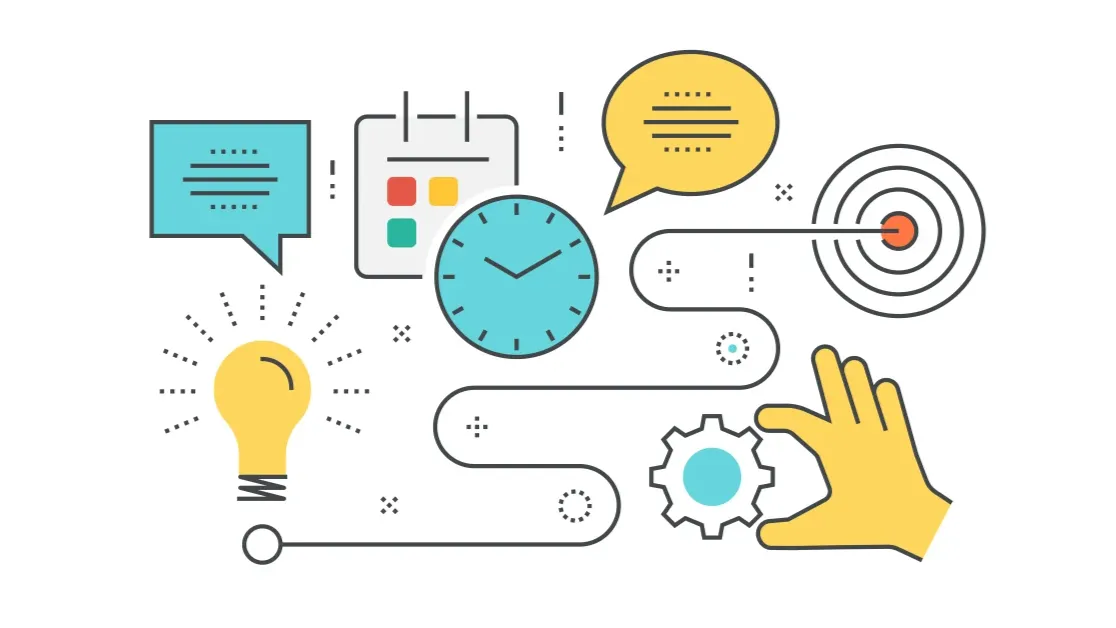
Traditional Manufacturing Principle vs Smart Manufacturing
Last month I had a chat with one of my old colleagues. We used to work together back in manufacturing (feels like a lifetime ago). We ended up talking about the old days, the stuff we used to do, the situations we were thrown into without giving any insights, all the funny bits we missed. […] -
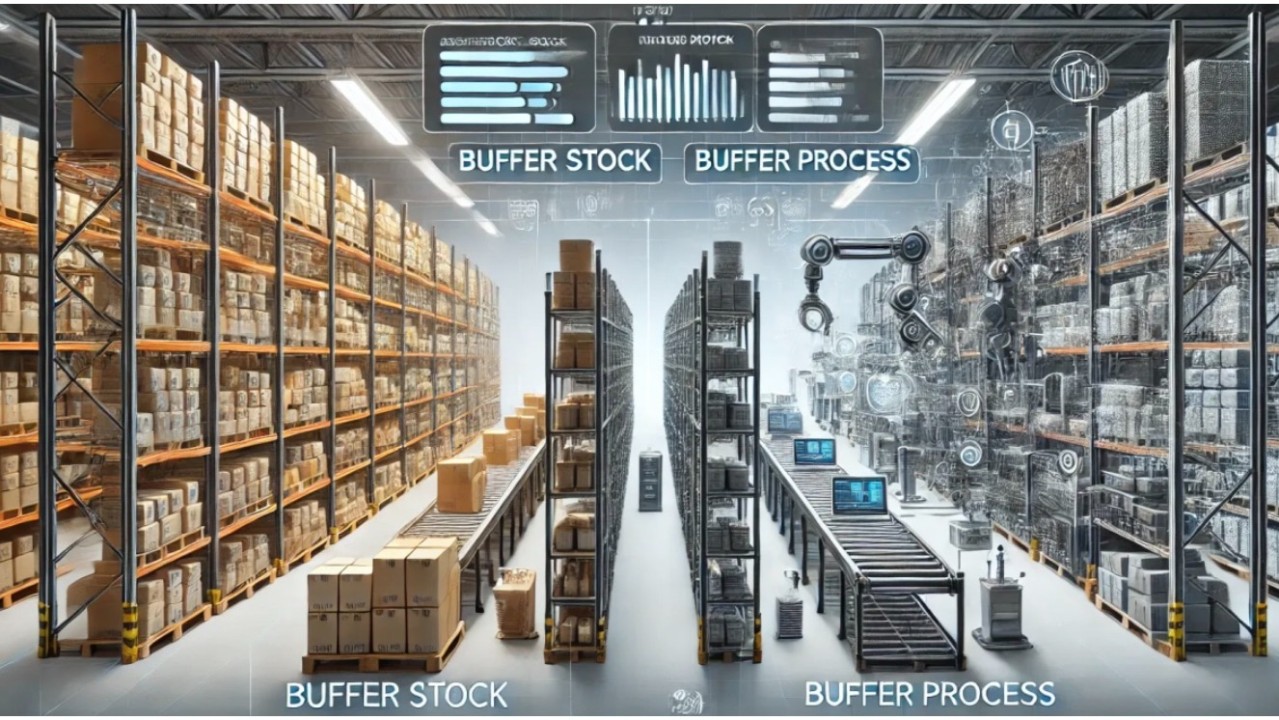
Buffering Inventory vs. Buffering Process in ERP Implementation
I recently came across an interesting thought shared by an old friend of mine, someone who’s a co-founder and leader in the retail industry. He said, “Instead of hoarding stock to ‘buffer’ quality, buffer the process itself.“ At first, I was surprised. For as long as I can remember, most industries, especially manufacturing, distribution, and […] -
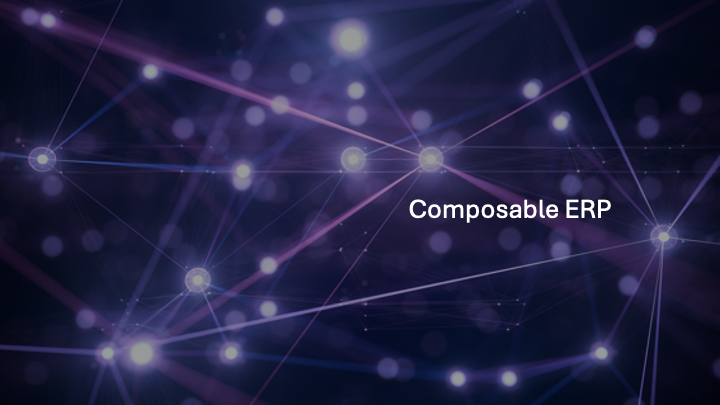
Infor LN CE and the composable ERP concept
In an ERP implementation, we often see that features and functions implemented are driven by the complicated structure of the base ERP application instead of the actual business (process) requirements. The question “What is better?” is not that relevant as you know that the answer is in the implementation process. Sometimes consultants propose to alter […] -

Thoughts on Enterprise Software implementation and project management methodologies.
Any project managing an ERP implementation, regardless of the methodology used or how the phases are labelled, is structured in the same typical way. Project Initiation Planning Design Development Testing Training and Change Management Go-Live Preparation Go-Live Post-Go-Live Support Project Closure And so it has been since at least the last 30 years. When companies […] -
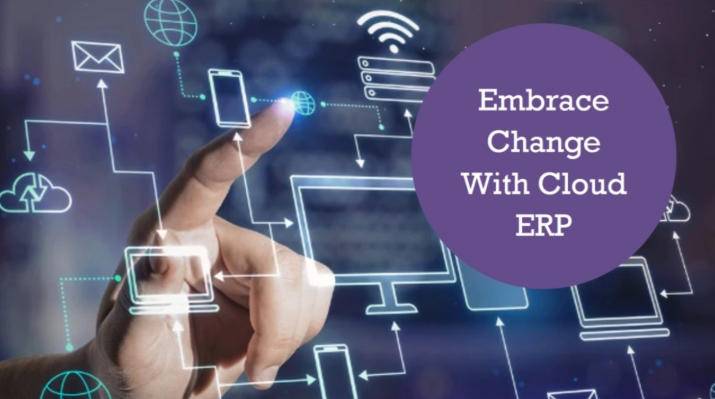
Don’t Be Afraid to Start Over: Cloud ERP as the Key to Adapting to Change
In the old days, ERP implementations were all about long, rigid waterfall projects; slow, linear, and less flexible. Project timelines extend for years, which leaves us with no to little room to adjust as things change. Companies got stuck with static or customized systems that couldn’t keep up with fast-moving market demands, often leading to […] -

Peppol: Standardising, and securing the way for businesses to exchange procurement documents and e-invoices across borders
In today’s global economy, businesses are expanding across borders and dealing with customers and suppliers from different countries. Consider a supplier from the Netherlands sending an invoice to a customer in Norway or the UK. In the past, this process might have involved emailing PDFs, faxing documents, or even using paper. This can lead to […] -
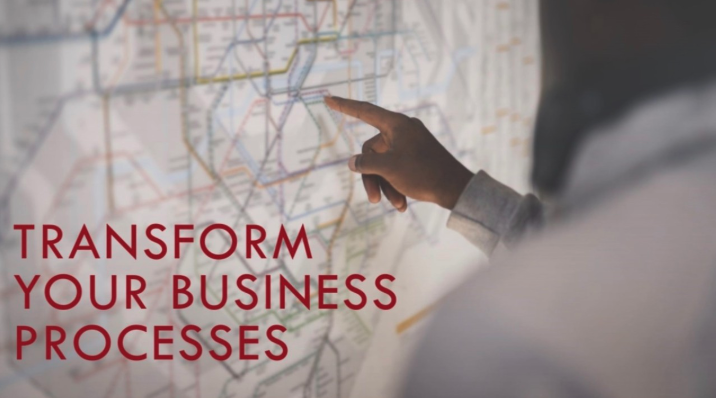
LNCE Process Mining: A New Innovative Way to Transform Business Processes
In many organisations, following industry-led solutions and best practices while adopting standardized processes is crucial for improving efficiency, reducing bottlenecks, and ensuring consistency. However, this is not always feasible, as workflows often vary across different departments, regions, or business units. For example, processes like order-to-cash or procure-to-pay may differ geographically or between departments, leading to […] -
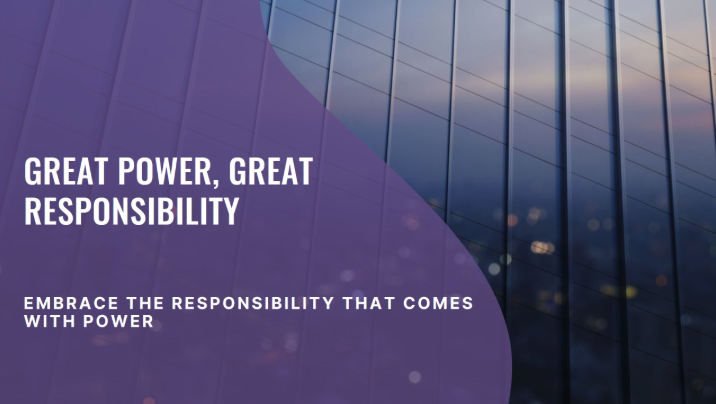
With Great Power Comes Great Responsibility: A Guiding Principle for Successful ERP Implementation
As a kid, I was always fascinated with superhero stories, and when I first heard the phrase “With great power comes great responsibility,” from the Spider-Man movie, for me, it was a mantra for the characters I admired. At the time, I didn’t understand the value or message behind this phrase, but over the period […]
LNCE Uncovered
-
Customer Portal
Infor ERP LNCE hashtag#Uncover – facilitating your customers to order anytime, anywhere. How to solve the 'broken order journey'? The broken order process is often manual, fragmented, and error-prone. Customers email or call customer service to check prices, confirm availability, or place orders and sales and support teams spend time on data entry, confirmation calls, and status updates instead of selling. -
Customer Furnished Material (CFM)
Customer Furnished Material (CFM) in Infor LNCE manages materials supplied by customers for their specific projects. Quantities and delivery details are agreed upon with the customer, and defined order management settings ensure these materials are properly controlled and tracked throughout the process. -
Service Calls
Service Calls in Infor LNCE provide a structured and centralized way to manage customer service requests, whether related to claims, malfunctions, or technical inquiries. This ensures every customer interaction is tracked and resolved efficiently. The most common benefits of these functions are: -
Use-up Material
Use-Up Materials in Infor LNCE ensure systematic consumption of older or outdated inventory before newer or revised materials are used in production. This approach helps prevent stock obsolescence, minimize waste, and maintain operational efficiency during material or design transitions. The most common benefits of these functions are: -
Project Progress Billing
Project Progress Billing in Infor LNCE enables flexible, progress-aligned invoicing by linking billing with actual project progress or milestone completion. Using this function, invoices can be generated as work is performed, based on completion percentage, achieved milestones, or measurable deliverables. The most common benefits of these functions are: -
Multi-sourcing in Purchasing
In electronics manufacturing, ensuring a smooth and continuous supply of components is critical. To achieve this, companies often source the same parts from multiple suppliers, using strategies like predefined share splits or assigning a preferred supplier with backups to maintain efficiency. Buying from multiple vendors has several benefits such as: -
Purchase Schedule
Purchase Schedules in Infor LNCE provide a single, structured plan defining how and when materials are to be delivered by suppliers across a set period, eliminating the need to manage hundreds of separate purchase orders. -
Installment Plan
Installment plans in Infor LNCE provide financial flexibility by allowing customers and suppliers to manage large invoices in smaller, structured portions, supporting healthier cash flow. The Installment plan system of LNCE offers. -
Sourcing Strategy and Forecasting
Infor LNCE empowers manufacturers with intelligent sourcing and forecasting strategies that optimize supply reliability and cost-efficiency by ensuring your supply chain is ready to manage unforeseen delays. The sourcing and forecasting system of LNCE offers: -
Inventory Inspections
Inventory inspections in Infor LNCE safeguard product quality by enabling structured checks once goods have reached the warehouse, ensuring only approved material flows forward in the supply chain. -
Sales Schedule
Sales schedules in Infor LNCE streamline long-term customer relationships by providing a structured timetable of planned material supplies, supporting frequent and repetitive deliveries with accuracy and efficiency. -
PLM to CAD Integration
Automated CAD & PLM Integration Bring Engineering and Manufacturing processes together by seamlessly integrating CAD, PLM, and ERP. No more manual handovers, scattered files, or version mix-ups. Just a connected, automated flows from design to delivery. -
List Item
List Items is a solution to avoid such situations for these businesses. It is a structure way to manage and group all the related product/component together by defining different categories like Kit, Menu or options. -
Floor stock
Your Infor LNCE Uncover now in a new format! The content our readers appreciate so much now in an even better format. Let us know what you think of Uncover series by leaving a message in the comments! We appreciate your feedback. -
Vendor Rating
Is a structured method in INFOR LN to measure and monitor supplier performance over time. -
Unit Effectivity
When “one size fits all” doesn’t work, businesses struggle with managing countless item variations just to meet slight customer preferences. -
TP Projects - Budgeting
Traditional manufacturing practices are becoming too rigid for today’s complex demands: global supply chains are increasingly gaining presence, and the need for cost transparency. -
Shelf Life
Shelf life is a crucial feature in Infor LN CE that helps businesses accurately track the usability of products over time. -
Scan to Book
Functionality within Infor LNand Infor Factory Trackthat allows production staff to report finished goods by scanning handling unit (HU) labels. -
Sales Quotations
The Sales Quotations functionality in Infor LNCE enables companies to provide potential or existing customers with detailed information about products, pricing, and terms before finalizing a sale. -
Purchase Requisition
The Purchase Requisition Process in Infor LN Cloud allows organizations to streamline procurement needs efficiency, assuring that requests aligns with business objectives. -
Purchase Contracts
Purchase Contracts in Infor LN serve as formal agreements with suppliers, outlining the delivery of goods or services under predefined terms and conditions. -
Project Contracts
A Project Contract in Infor LNCE formalizes the agreement between a project and one or more customers, outlining deliverables, pricing data, billing plans, payment terms, and customer-specific conditions. -
Production Order Groups
In high-mix, low variation manufacturing environments, managing each production order individually often leads to duplicated efforts, frequent setup changes, and administrative overload. -
Pricing options in Procurement
Infor LN offers a powerful and flexible pricing engine that allows businesses to define and manage price structures efficiently. -
Preventive Maintenance
Maintenance plays a critical role in ensuring equipment remains safe, efficient, and reliable over time. -
PLM for Discrete
Infor® PLM Discrete is a comprehensive product lifecycle management (PLM) solution for discrete manufacturers that seamlessly integrates with ERP and CAD systems. -
Multi Site Planning Demonstrated
Multi Site according to the LNCE help text means the management of multiple sites within a single (logistic) company. -
Kanban
In any organization without defining a clear way about how to control the movement of the material, things quickly falls apart. -
Infor Document Management (IDM)
IDM is an end-to-end document management platform that integrates all documents (internal and external) with the main business processes in your ERP system. -
Flexible Reporting Finance GL
Flexible reporting gives users the possibility to create new and customizable reports in finance area without coding or additions to the standard version of your LN system. -
Extended Consingment with T&C
This document will provide an overview of the setup and functionality for Extended Consignment in a "Consignment (Not Owned)" scenario. -
Document Output Management
Provides a centralized, automated way to generate, manage, format, and distribute business documents (like invoices, order confirmations, shipping labels, etc.). -
Data Conversion
Data conversion is the process of migrating data from legacy systems into a new ERP environment. It involves extracting, cleansing, mapping, validating, and loading data to ensure it aligns with the new system’s architecture and business rules. -
Data Action Labs
Data action labs is list of all master data use to define data value and later they are used to validate the business process. It plays a crucial role in the Infor Deployment Method, ensuring timely decision-making that accelerates the implementation of Infor solutions. -
Backflush in Manufacturing
This refers to “Automatic issuance of material from inventory to production order or work centre at the time of operation or order completion, rather than manual issuances. -
Access Management Cloud SAML Federation with AzureAD
A secure Single Sign-On (SSO) solution that connects Infor Cloud applications with external identity providers (like Azure AD) using the SAML protocol. -
The Enterprise Planning - Order Planning
Order Planning in Infor LNCE is the heartbeat of precise manufacturing scheduling, ensuring that every component, raw material, and subassembly arrives when they are needed to keep production running smoothly without excess inventory or costly delays.